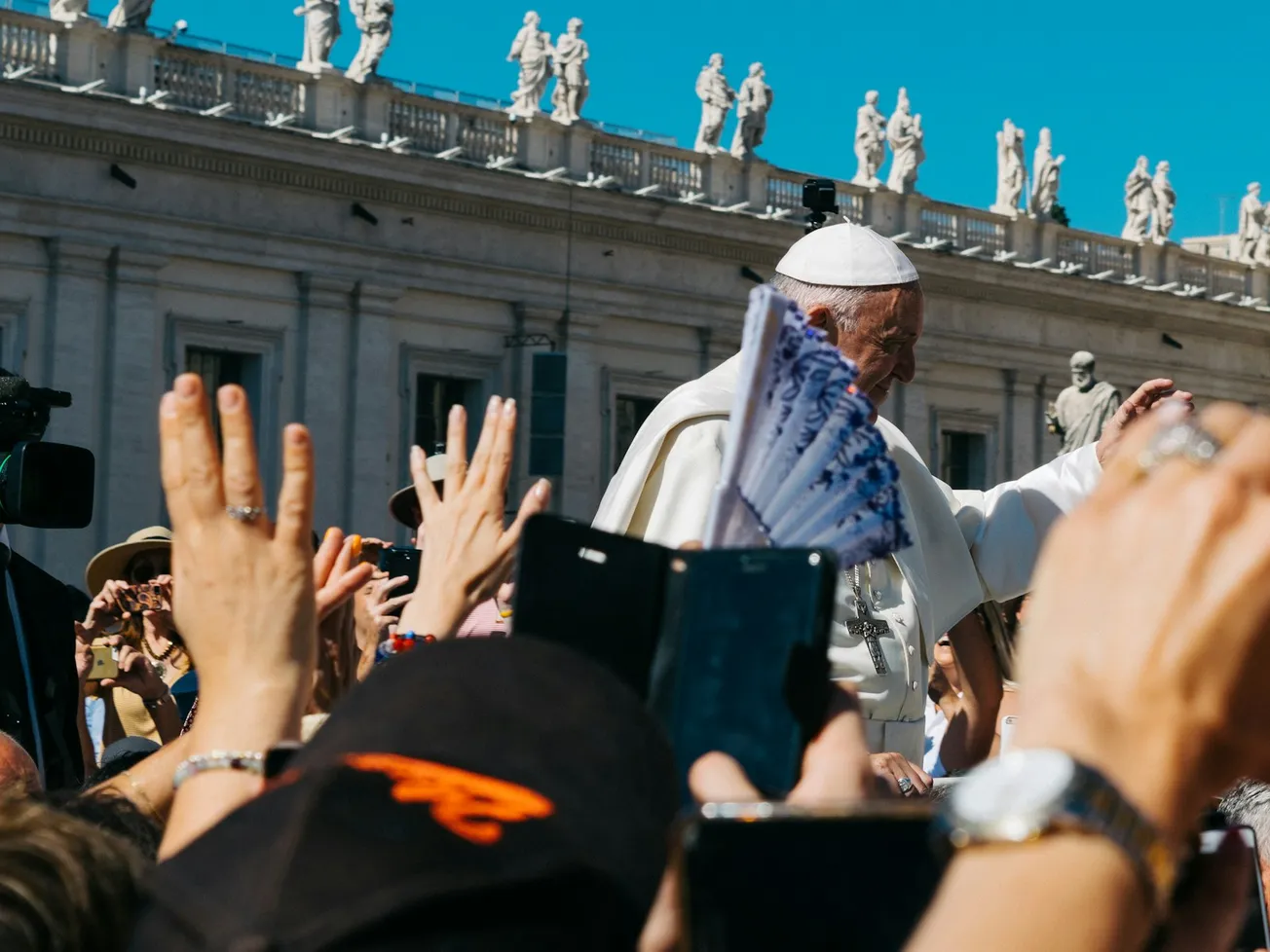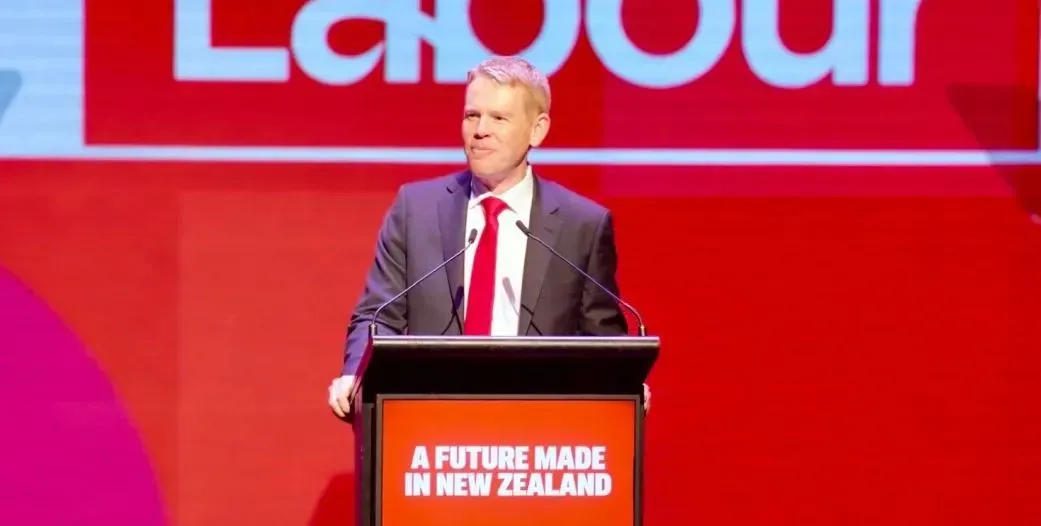Rich Noyes
Contributing Editor
Rich Noyes was Research Director at the Media Research Center from 2003 to 2021. Previously, he directed the MRC’s Free Market Project (1999 to 2003) and served as Director of Media Analysis for the MRC (2001 to 2003). From 1987 to 1999, he was Political Studies Director at the Center for Media and Public Affairs in Washington, D.C. He is now a contributing editor for the blog, writing from his home in Suffield, Connecticut.
Easter Sunday was a good time to reflect on the liberal media’s coverage of the passing of Pope John Paul II, 19 years ago this week (April 2, 2005). While the media praised John Paul for his “charisma” and “magnetism,” journalists rejected what they characterized as his “extremely conservative” policies, as if long-standing Catholic Church doctrines were merely one Pope’s personal opinions that could be discarded on a whim.
American journalists had long separated any admiration for John Paul as an inspirational world leader from their opposition to teachings that ran afoul of modern secular tastes. “There are some who say he would have been more comfortable in the 5th century, but some theologians say that, really, some of the 5th century Popes were more progressive than John Paul II,” reporter Jerry Bowen snarked on the August 15, 1993 edition of CBS’s Sunday Morning.
“There are 60 million Catholics in America, and for many of them he also speaks with the voice of a conservative crank,” the Washington Post’s Henry Allen scoffed in an October 2, 1995 Style section story.
So as the Pope’s health deteriorated to the point that his death seemed imminent on April 1, 2005, network news coverage reflected journalists’ longstanding hostility to what they saw as “rigid” Church policies.
“Most of his views, you’d have to say, are extremely conservative,” NBC’s Matt Lauer asserted that Friday morning on Today.
“He was, of course, controversial here,” ABC’s Peter Jennings intoned on World News Tonight. “Some American Catholics have chafed at his insistence that they follow the Church’s traditional social doctrine.”
“Abortion, birth control, women priests,” reporter Dean Reynolds listed. “It’s all driven a wedge between the Vatican and America, regardless of the Pope’s standing in the world.”
“He was responsible for appointing almost all of the 117 cardinals eligible to vote,” CNN’s Paula Zahn pointed out that same night, “making it very likely that the next Pope will share Pope John Paul II’s conservative stances on issues like abortion and the role of women in the church.”
The next morning, as the media vigil continued, NBC’s Lester Holt again channeled the dissatisfaction of American Catholics. “Some believe his unyielding stance alienated American Catholics,” Holt argued on Today. “Pope John Paul II’s legacy in the world’s most powerful country may be that of a house divided, a man who changed the world, but in many ways, was unwilling to change his Church.”
That Saturday afternoon, the Vatican announced the Pope’s death, with live coverage on all of the broadcast networks. While most of the coverage was respectful and positive, there was an obvious yearning for a more liberal Pope. Anchoring ABC’s coverage, Bob Woodruff asked Atlanta’s Archbishop Wilton Gregory about how “many believe…that perhaps this particular Pope has been too conservative socially for many Catholics in the United States.”
Over on MSNBC, Chris Matthews directed the next Pope to approve the use of condoms. Discussing the AIDS epidemic in Africa, Matthews instructed: “A new Pope is going to have to grab that one and grab it hard, and he’s got to get to people to say ‘You may not like condoms, they may not be, but they’re a lot better than HIV/AIDS.”
On Monday night, CBS treated the upcoming selection of a new Pope as akin to a popular election, reporting on a poll of American Catholics demanding more liberalization. On the April 4 CBS Evening News, anchor Bob Schieffer cited the Associated Press survey: “American Catholics hope whoever succeeds the Pope will make some changes in the church.”
“The next Pope will have to work hard to gain back the support of many Catholics who were put off by the policies of the very Pope that so many have come here to mourn,” anchor Brian Williams, in Vatican City, agreed on Wednesday’s Nightly News.
Correspondent Bob Faw continued the theme: “Embraced by multitudes….John Paul also alienated others. Lifelong Catholic Serra Sippel was so angered by his teachings she quit going to mass.”
Faw then ran a soundbite from an American critic of John Paul on the issue of women priests. Rea Howarth, of Catholics Speak Out, sniped: “This Pope didn’t care to learn from the likes of women.”
Make no mistake: much of the coverage of Pope John Paul that week was positive, a testament to the powerful inspiration he provided to the world throughout his long tenure. But in discussing the issues that divide Catholics, the media couldn’t resist skewing their coverage in the direction of those who would reinvent the John Paul’s Church to better match the world view of secular liberals.
For more examples from our flashback series, which we call the NewsBusters Time Machine, go here.


![[The Good Oil] Stuff Up of the Day](/content/images/size/w1304/format/webp/2024/09/Stuff-up-image-1.webp)






